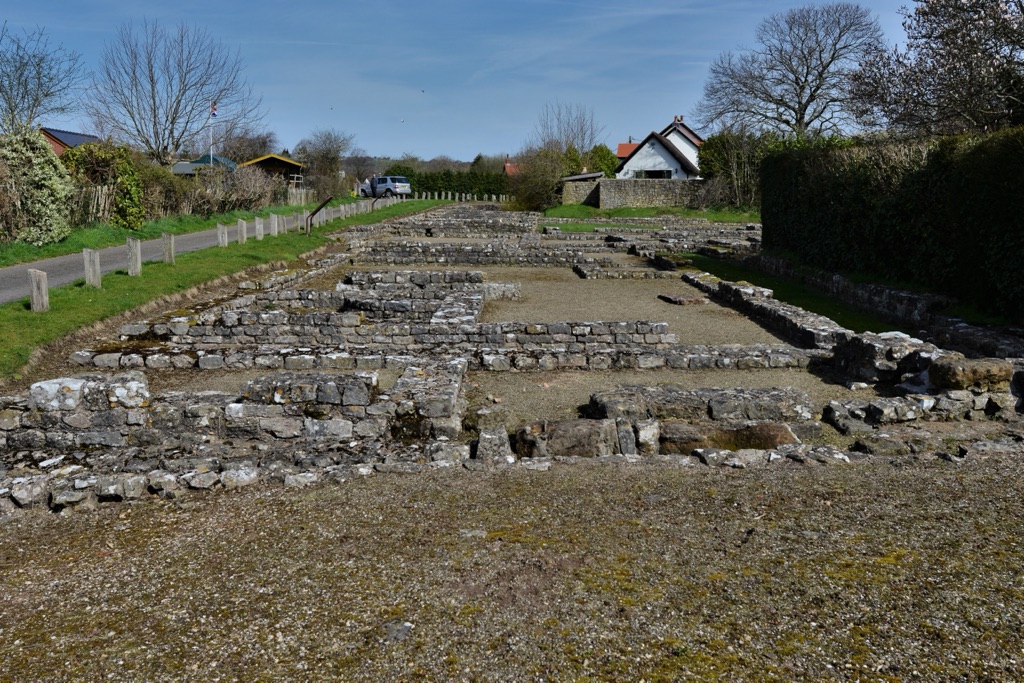Caerwent Roman Town, nestled in Monmouthshire, Wales, stands as a testament to Roman urban planning and architecture. Once known as Venta Silurum, it was a bustling market town established by the Romans in the 1st century AD. The town boasts well-preserved ruins, including sections of the town walls, a forum-basilica, and a Romano-British temple. Caerwent offers a unique glimpse into Roman Britain, revealing the daily lives of its ancient inhabitants through the archaeological findings.
Get your dose of History via Email
Historical Background of Caerwent Roman Town
The discovery of Caerwent Roman Town dates back to the 19th century. Antiquarians and archaeologists, intrigued by the visible ruins, began excavations. They unearthed a town built by the Romans, likely around 75 AD. The Silures, a local Celtic tribe, inhabited the area before the Roman conquest. After the Romans established control, they developed Caerwent as a market town, crucial for trade and administration in the region.
The Romans designed Caerwent with a grid pattern, typical of their urban planning. The town’s layout included a forum, basilica, and public baths, signifying its importance. Over time, Caerwent evolved, reflecting the changing needs of its inhabitants. The town saw continued occupation even after the Roman withdrawal from Britain in the early 5th century.
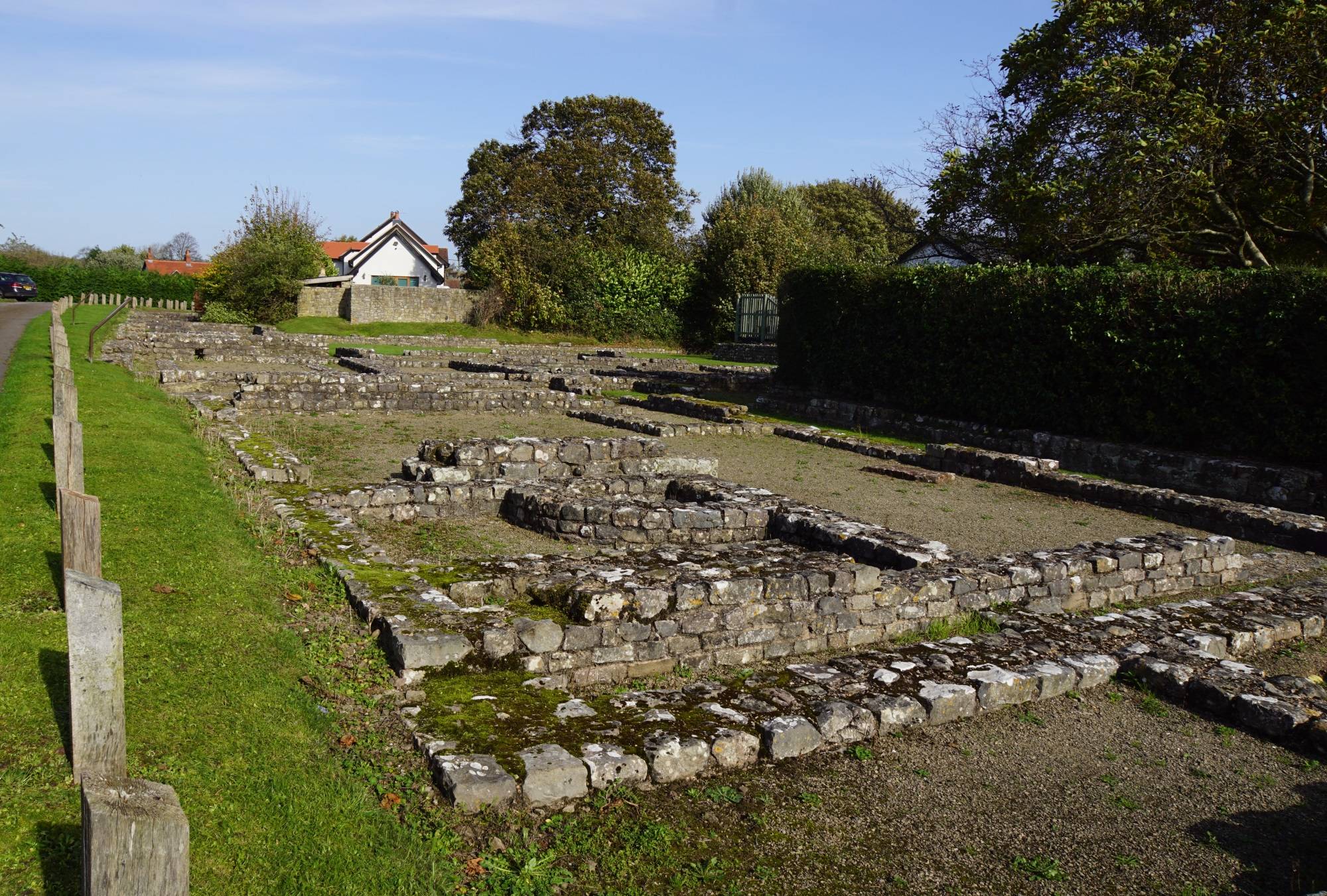
Caerwent was not just a civilian settlement; it played a role in military history. The town was strategically located near the Roman legionary fortress at Caerleon. This proximity suggests that Caerwent may have served as a support town for military operations. However, its primary function remained commercial and administrative.
The town’s decline began in the medieval period, with parts of it repurposed for agricultural use. Despite this, Caerwent never completely vanished. Its ruins served as a historical landmark, sparking curiosity and leading to its eventual excavation. The town’s preservation today owes much to these early efforts to understand its past.
Significant figures in the discovery and excavation of Caerwent include John Leland, a 16th-century antiquary who first noted the ruins. Later, in the 19th and 20th centuries, archaeologists like Mortimer Wheeler played a pivotal role in excavating and interpreting the site. Their work has allowed us to piece together the town’s rich history.
About Caerwent Roman Town
Caerwent Roman Town’s architecture reflects the ingenuity of Roman design. The town walls, stretching over a mile, are among the best-preserved in Britain. They enclose an area of about 44 acres, with four gates that once controlled access to the town. The walls, built with local Old Red Sandstone, stand as a testament to Roman military engineering.
Inside the walls, the town’s forum-basilica was the civic and social heart. The large public square, surrounded by shops and offices, was where business and legal matters were conducted. The basilica, a multifunctional building, served as a meeting place for the local council and a venue for public gatherings.
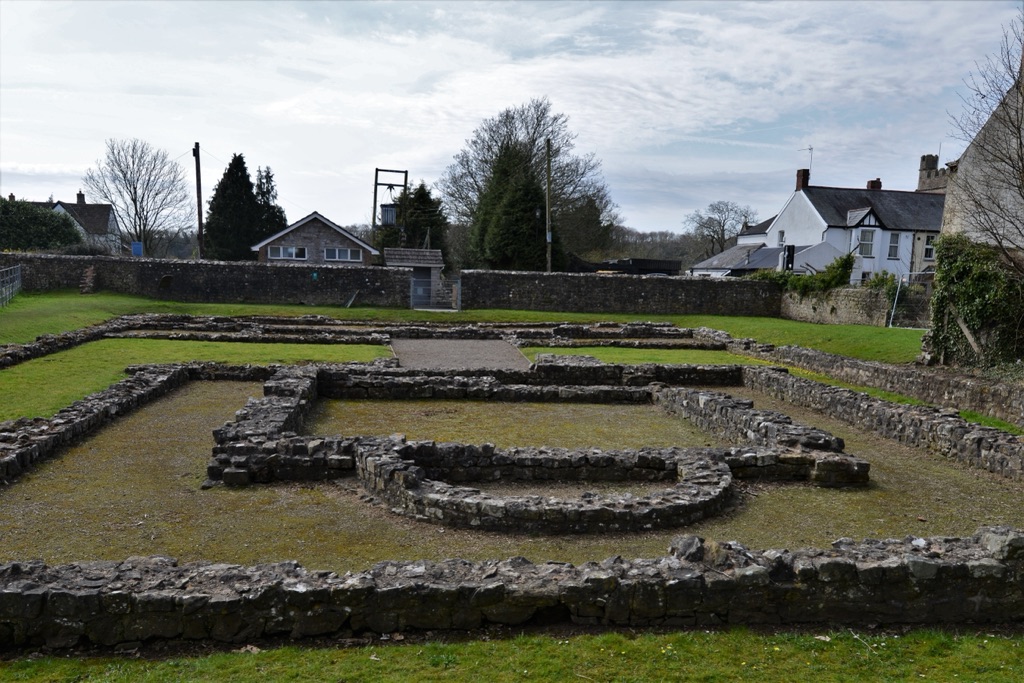
The town also featured a Romano-British temple, indicative of the religious practices of the time. The temple’s remains suggest a classical design, with a cella and a surrounding ambulatory. This sacred space would have been central to the spiritual life of the town’s inhabitants.
Residential areas in Caerwent showcase the domestic architecture of Roman Britain. Excavations have revealed houses with mosaic floors and hypocaust heating systems, indicating the wealth of some residents. These homes were constructed with local materials, adapted to the British climate.
The public baths, another architectural highlight, provided a place for relaxation and socialization. The baths’ complex included hot, warm, and cold rooms, demonstrating the Romans’ advanced understanding of heating and plumbing systems. These facilities were not just for hygiene but also played a significant role in community life.
Theories and Interpretations
Several theories about Caerwent Roman Town have emerged over the years. One suggests that the town was a planned urban center, part of the Roman effort to Romanize the local population. The town’s layout, with its grid pattern and public buildings, supports this theory.
Another theory revolves around the town’s use after the Romans left Britain. Some historians believe that Caerwent continued to thrive as a local hub, while others argue that it declined rapidly. The presence of post-Roman artifacts indicates some level of continued occupation.
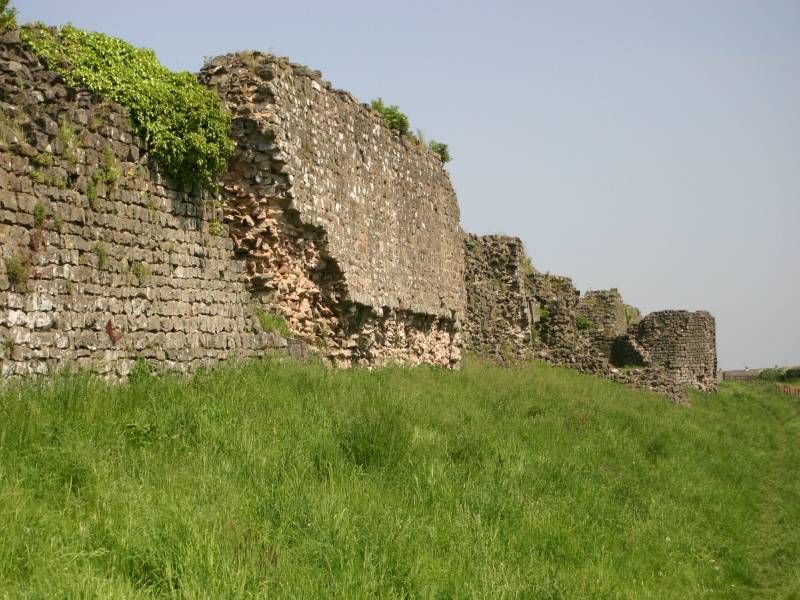
Mysteries still surround Caerwent, particularly regarding the extent of its influence. While it was clearly a significant town, the nature of its interactions with surrounding settlements remains a topic of debate. Archaeologists continue to interpret the site’s findings to better understand these relationships.
Dating of the site has been carried out using various methods, including pottery typology and radiocarbon dating. These techniques have helped establish a timeline for the town’s development and decline. However, precise dating remains challenging due to the complex stratigraphy of the site.
Interpretations of Caerwent’s history are also informed by historical records, such as the Antonine Itinerary. This Roman road map provides context for the town’s role in the broader network of Roman Britain. Matching archaeological evidence with these records has been crucial in piecing together Caerwent’s past.
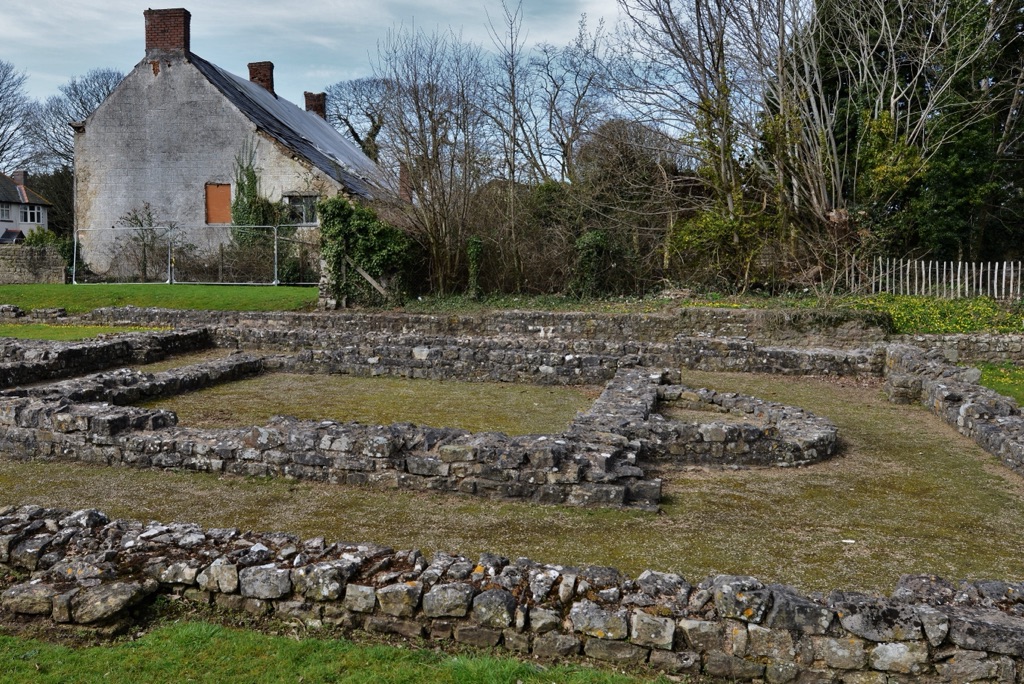
At a glance
Country: United Kingdom
Civilization: Roman
Age: Established around 75 AD
Conclusion and Sources
The information in this article has been obtained from the following reputable sources:
– Wikipedia: https://en.wikipedia.org/wiki/Caerwent
– Cadw, the historic environment service of the Welsh Government: https://cadw.gov.wales/visit/places-to-visit/caerwent-roman-town

